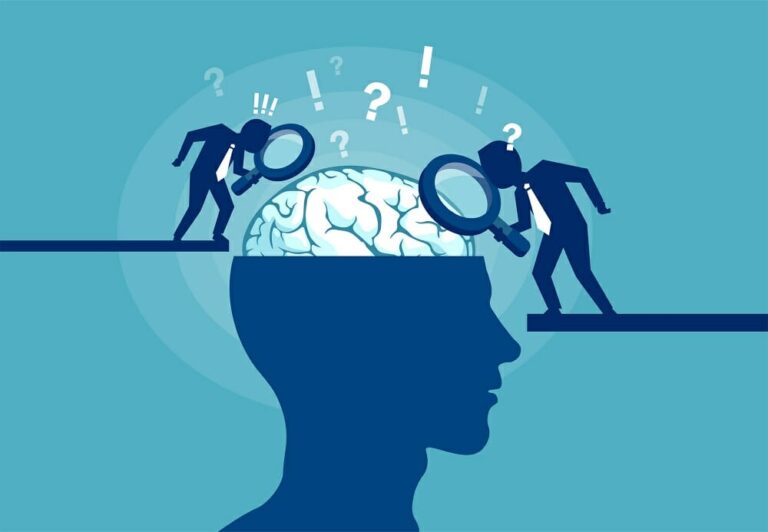Longer Lifespans Linked to Slower Cognitive Decline and Greater Brain Resilience
-
 Managing Epilepsy in Pregnancy: ASM Safety and Neurodevelopmental RisksIn recognition of National Epilepsy Awareness Month, experts discuss the use of antiseizure medications for the management of epilepsy during pregnancy.
Managing Epilepsy in Pregnancy: ASM Safety and Neurodevelopmental RisksIn recognition of National Epilepsy Awareness Month, experts discuss the use of antiseizure medications for the management of epilepsy during pregnancy. -
 Cluster Headache: 极速一分钟赛车网 168极速一分钟赛车开奖 全程赛果一分钟实时直播 Distinct Approach to ManagementExperts discuss 168飞艇全国统一开奖记录体彩开奖结-based strategies to improve the diagnosis and care of cluster headache.
Cluster Headache: 极速一分钟赛车网 168极速一分钟赛车开奖 全程赛果一分钟实时直播 Distinct Approach to ManagementExperts discuss 168飞艇全国统一开奖记录体彩开奖结-based strategies to improve the diagnosis and care of cluster headache. -
 Can a Social Democrat Reduce Health Care Costs?Zohran Mamdani’s campaign platform outlined an ambitious plan to expand access to health care and strengthen New York City’s public health infrastructure.
Can a Social Democrat Reduce Health Care Costs?Zohran Mamdani’s campaign platform outlined an ambitious plan to expand access to health care and strengthen New York City’s public health infrastructure. -
 How the Mediterranean Diet May Slow Alzheimer Progression: Insights From Emerging ResearchGrowing research points to the Mediterranean diet as a potential modulator of inflammation, beta-amyloid deposition, and other pathways central to Alzheimer progression.
How the Mediterranean Diet May Slow Alzheimer Progression: Insights From Emerging ResearchGrowing research points to the Mediterranean diet as a potential modulator of inflammation, beta-amyloid deposition, and other pathways central to Alzheimer progression. -
 Cardiovascular Disease in Menopause: Confronting the Monolithic Health Curve极速赛车一分钟历史记录查询全面的一级方程式统计数据 in estrogen are often solely attributed to the menopause-CVD connection. How can physicians avoid overfocusing on hormones in menopause?
Cardiovascular Disease in Menopause: Confronting the Monolithic Health Curve极速赛车一分钟历史记录查询全面的一级方程式统计数据 in estrogen are often solely attributed to the menopause-CVD connection. How can physicians avoid overfocusing on hormones in menopause?
正规168经典赛车直播历史记录 Tools
Powered by
Powered by 
- Central Nervous System Infections
- Cerebrovascular Diseases
- Demyelinating and Inflammatory Diseases
- General Medicine
- General Neurology
- Headache and Pain Syndromes
- Movement Disorders
- Multiple Sclerosis
- Neuro-oncology
- Neurobehavioral Disorders
- Neurocognitive Disorders
- Neurodegenerative Disorders
- Neuromuscular Disorders
- Neurotrauma
- Pediatric Neurology
- Practice Management
- Seizure Disorders
- Sleep Disorders
- Spinal Cord Disorders
